At the end of my podcast interview with preservation activist Kelly Carroll - listen to it here - I asked her my signature question: "If you could step into any storefront or building you've helped preserve at any point in its history, which would it be and what moment would you want to witness?"
Kelly's choice was fascinating - the Waldorf Astoria Hotel, completed in 1931. She shared an incredible story about how she and her colleague Barbara Zay wandered through the nearly empty building, documenting its original Art Deco features and creating a self-guided tour before its renovation. But what really resonated with me was her desire to see not just the hotel, but all of New York City during that pivotal moment when these magnificent Art Deco structures were freshly completed. Imagine walking those streets as these modern marvels were unveiled to the world!
As many of my art students know, I have a not-so-subtle obsession with Art Deco design. I've dedicated numerous classes to the topic, designed stencils and stamps inspired by the style, and recently painted a piece celebrating an entry way. This fascination makes me something of an urban detective in Jersey City, constantly looking up and around corners for traces of this elegant architectural period.
Unlike Manhattan's famous icons - the Chrysler Building or the Empire State Building -Jersey City's Art Deco treasures are often hiding in plain sight. They reveal themselves only when you train your eyes to notice the distinctive geometric patterns, stylized motifs, and streamlined forms that defined the era.
Take a walk through our neighborhoods and you'll start to spot them: the sleek aluminum awning with its classic stepped design over an apartment entrance on Kennedy Boulevard, the zigzag brick patterns on a façade in the Westside, or the sunburst motif crowning a top of a building in the Lincoln Park are.
Some buildings, like the former Medical Center, boldly announce their Art Deco heritage, while others - modest apartment buildings tucked on side streets- whisper it through small decorative details that have somehow survived decades of renovations.
I'm particularly drawn to "grand entrances"- those dramatic doorways with decorative metalwork and geometric stone carvings that make even modest buildings feel important.
These entrances were designed to celebrate the act of arrival, to make residents feel special every time they came home. Some of my favorites include the limestone entrance with fluted columns on Duncan Ave.

Art Deco flourished during a time of rapid transformation- between the World Wars, when technology was advancing and cities were growing upward.
Its geometric patterns and sleek lines celebrated modernity while its decorative elements maintained a connection to craftsmanship. Perhaps that's why I find it so captivating; it represents both progress and preservation, much like the ongoing conversation about Jersey City's evolving identity.

Next time you're walking through Jersey City - or your own hometown - take a moment to look for those art deco buildings.

Notice the chevron patterns, the racing lines, the stylized floral motifs that adorn buildings from the 1920s and '30s.
These architectural details tell stories about our cities' histories- about a time when even the most functional buildings were designed with beauty in mind.
What's your favorite Art Deco building? Whether you're in Jersey City, Minneapolis, San Francisco, or anywhere in between, I'd love to hear about the architectural treasures in your community. Have you noticed any hidden gems in your neighborhood? Art Deco flourished across America, leaving its geometric signature in cities large and small.
For my Jersey City readers: Share your local discoveries in the comments, and maybe we can create our own self-guided Art Deco tour of our city!
For everyone else: What architectural styles define your hometown?
This article pairs with my podcast conversation with Kelly Carroll about community-driven preservation. Check out the full episode to hear more about her work preserving historic buildings and neighborhoods across New York City.






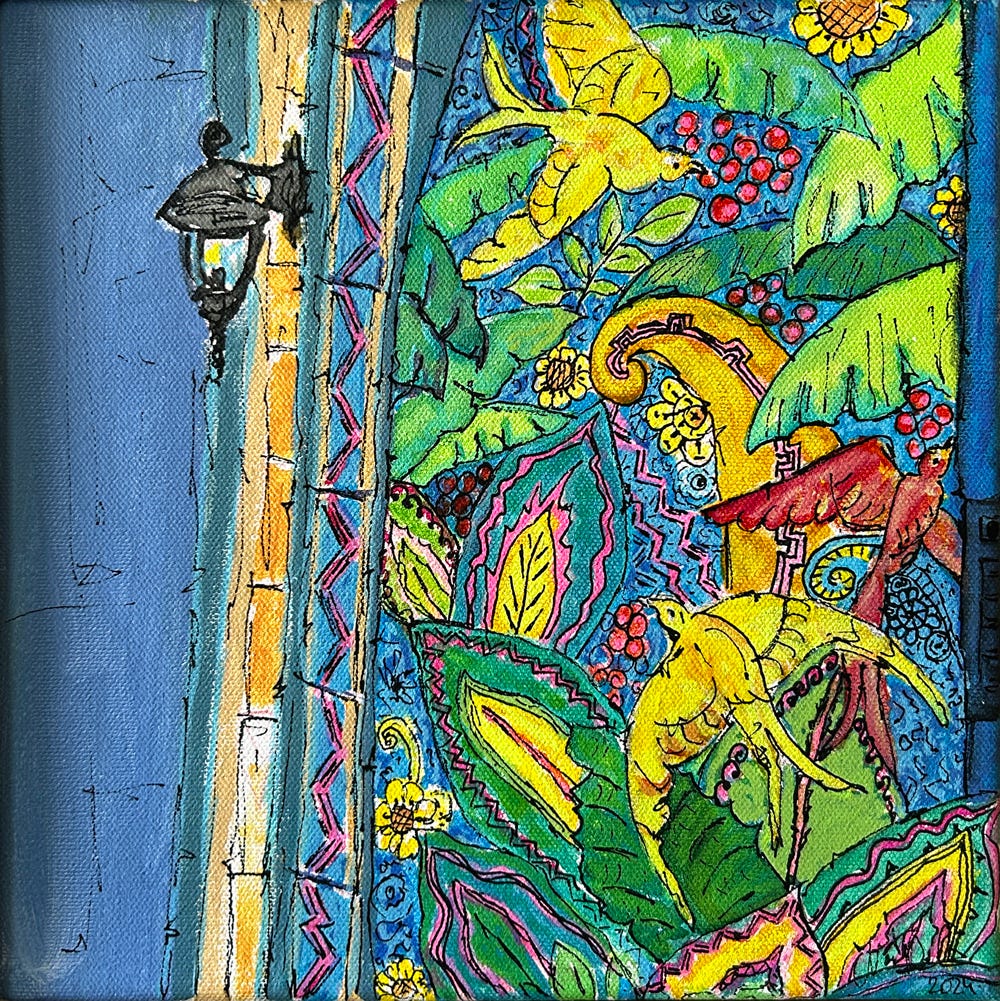
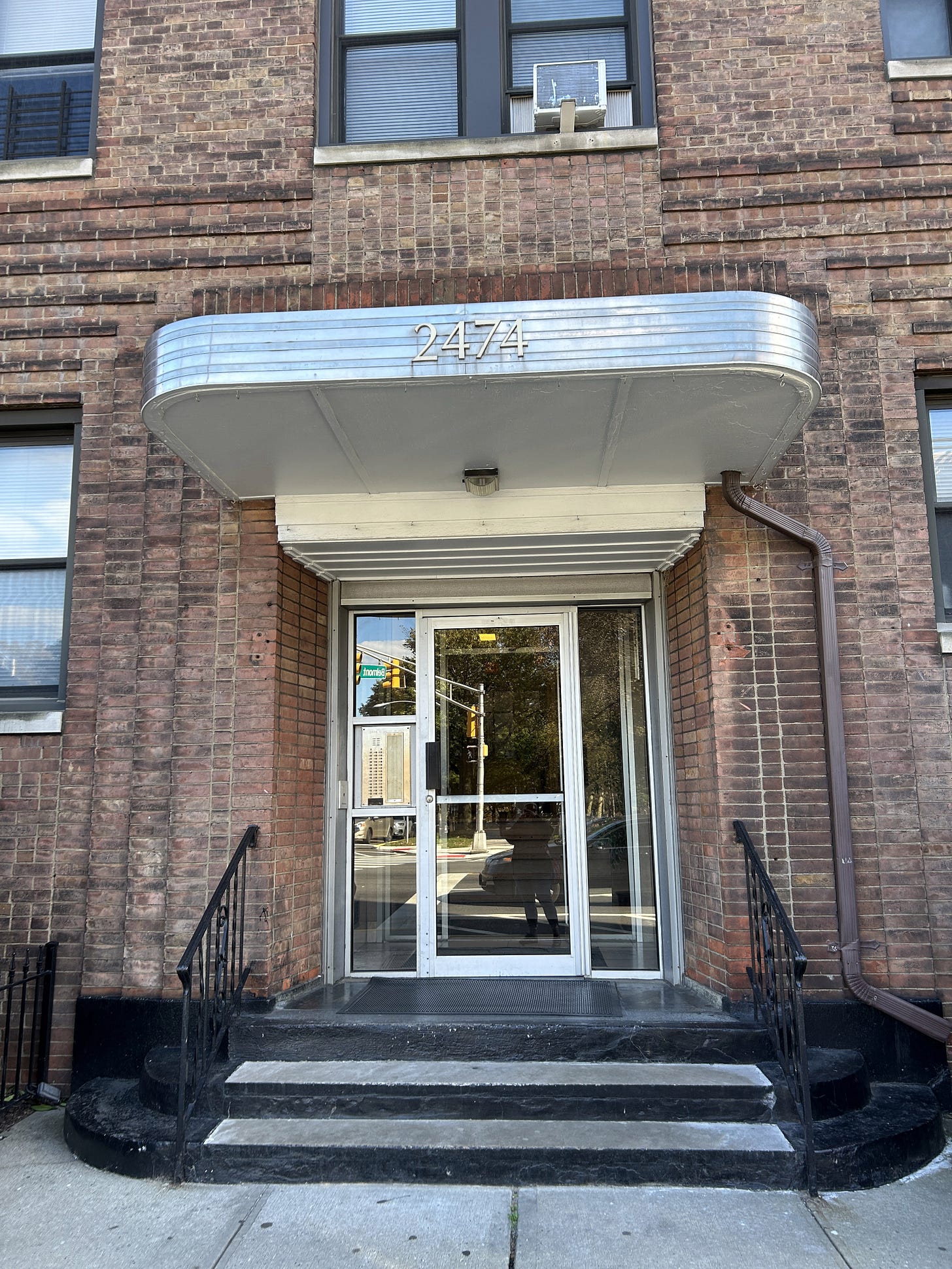
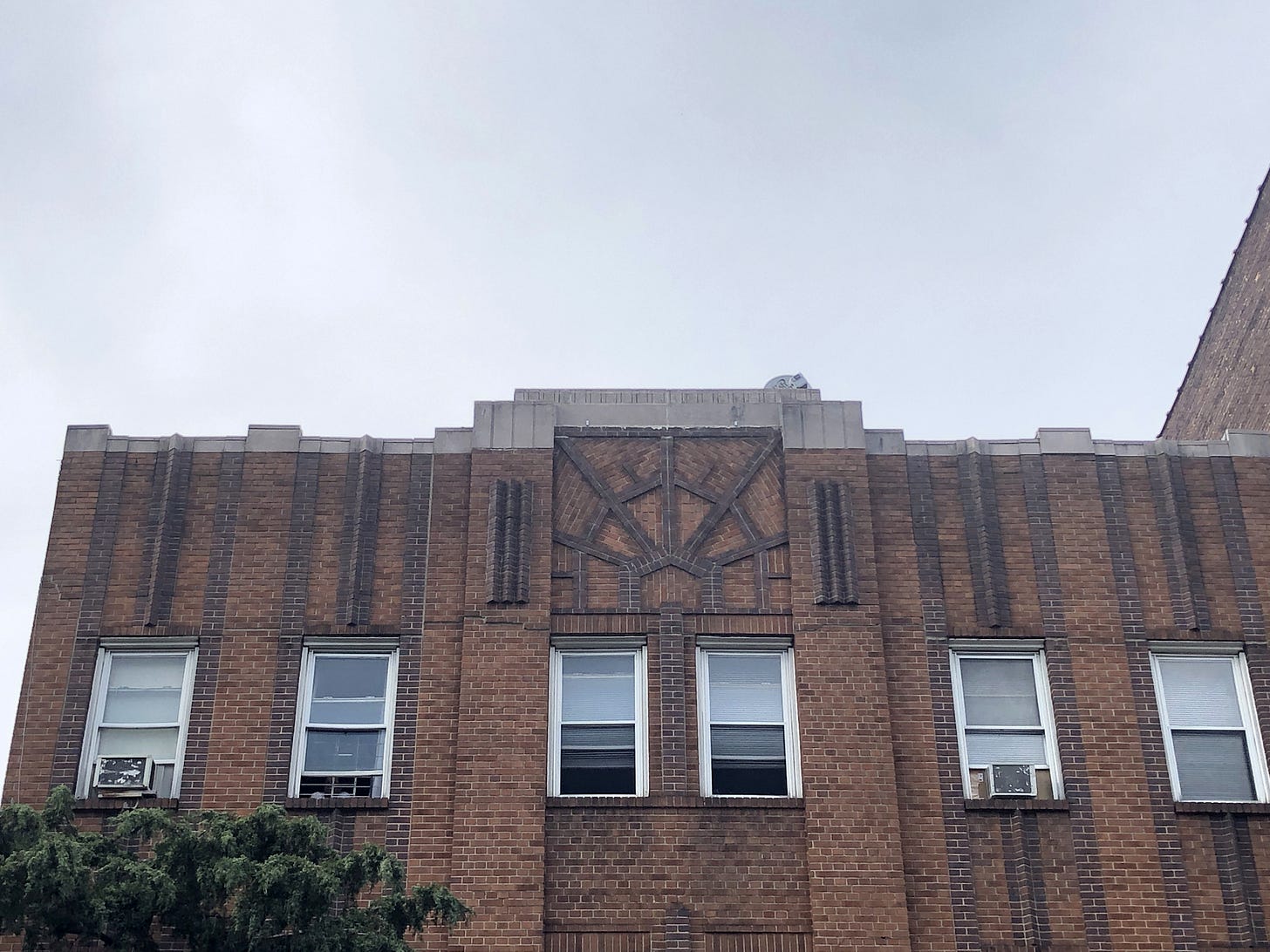
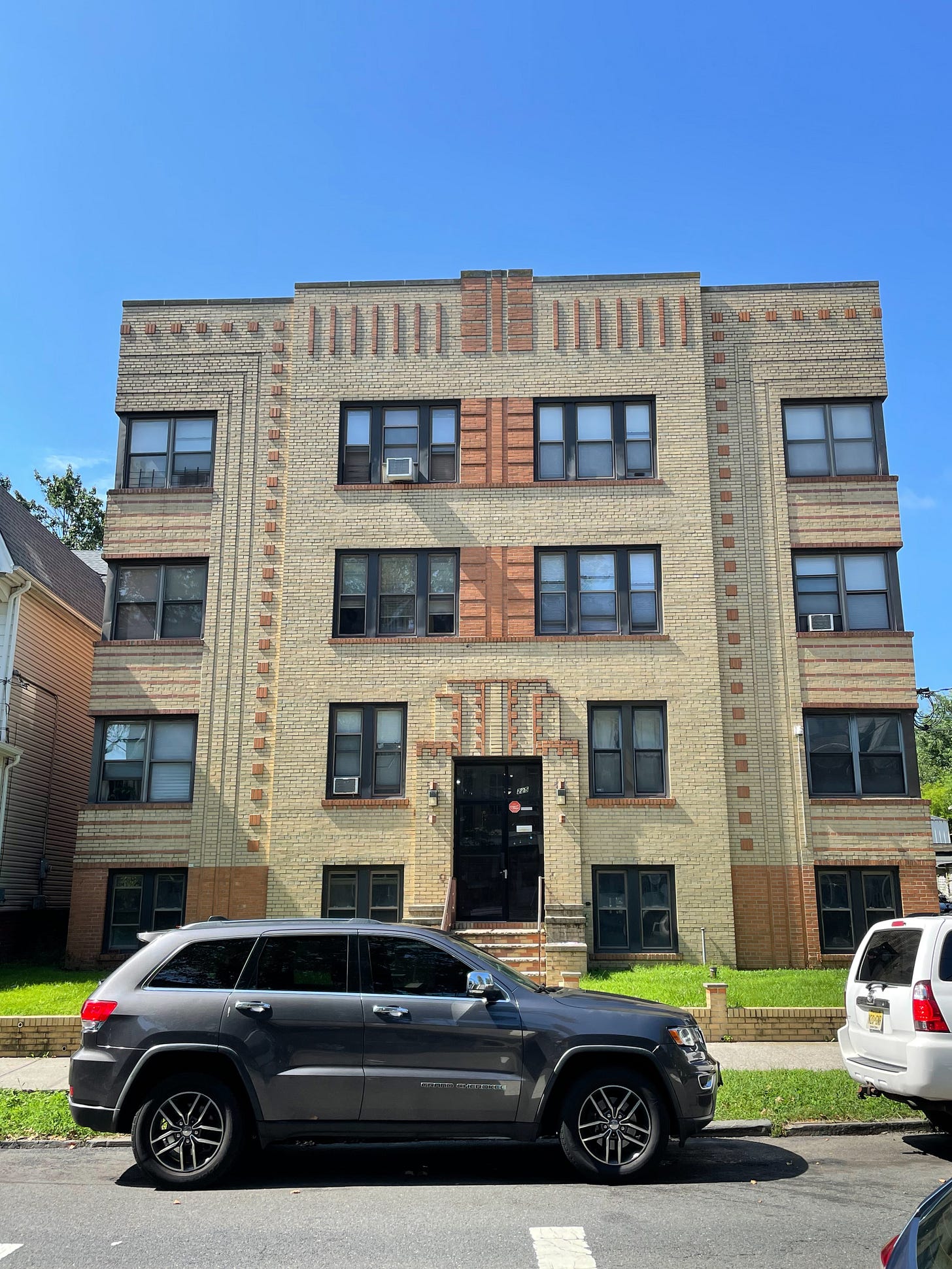
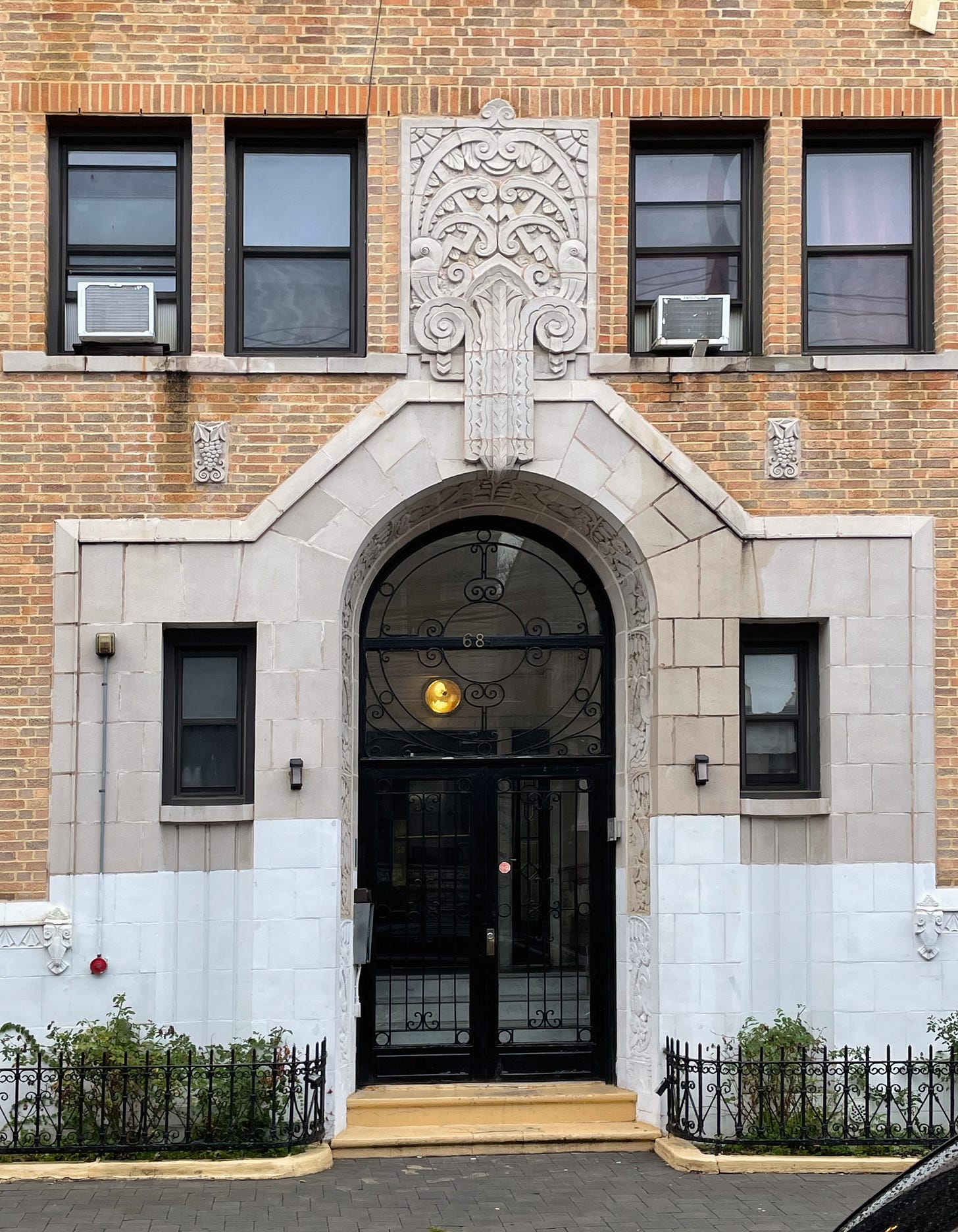
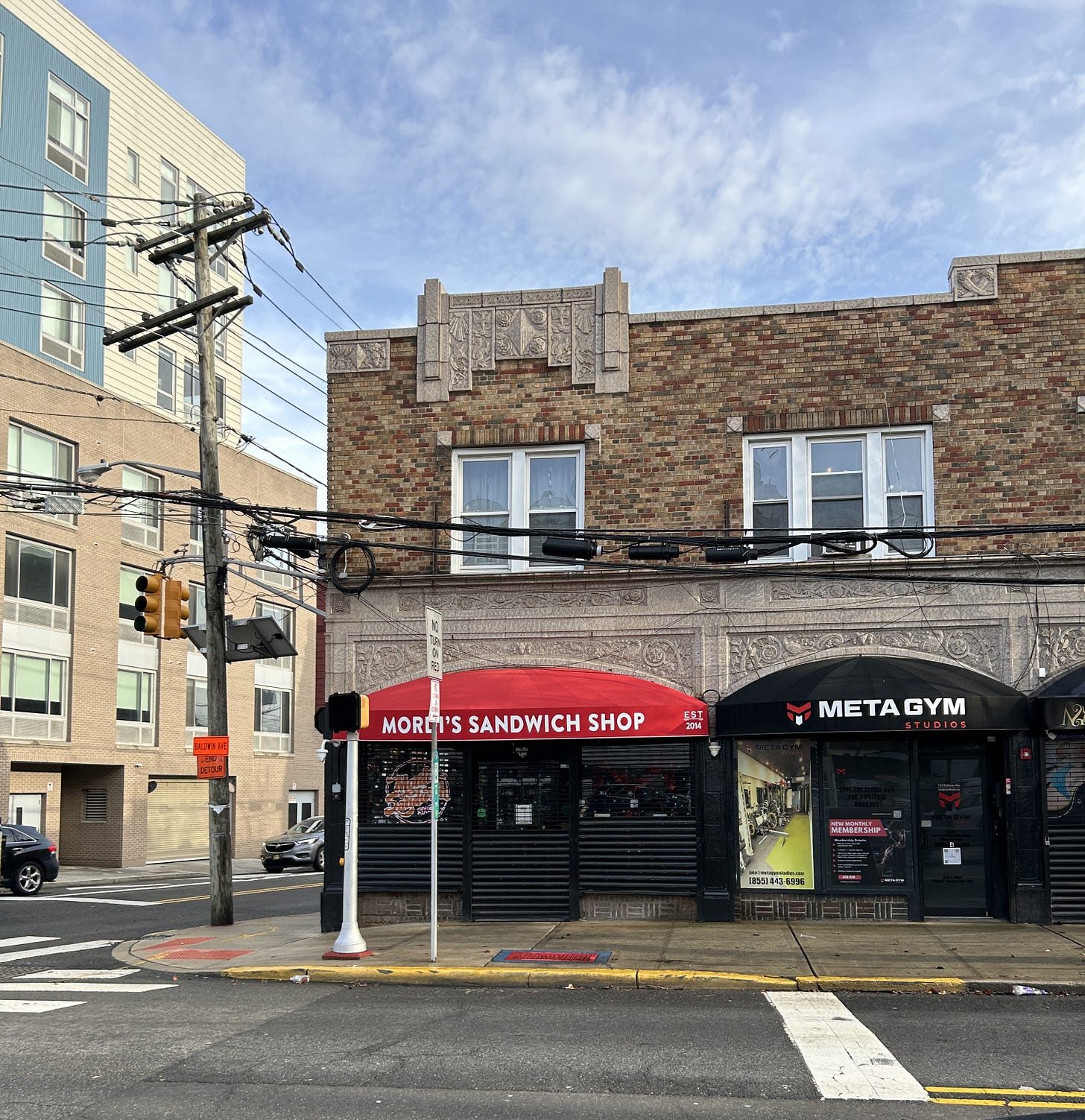
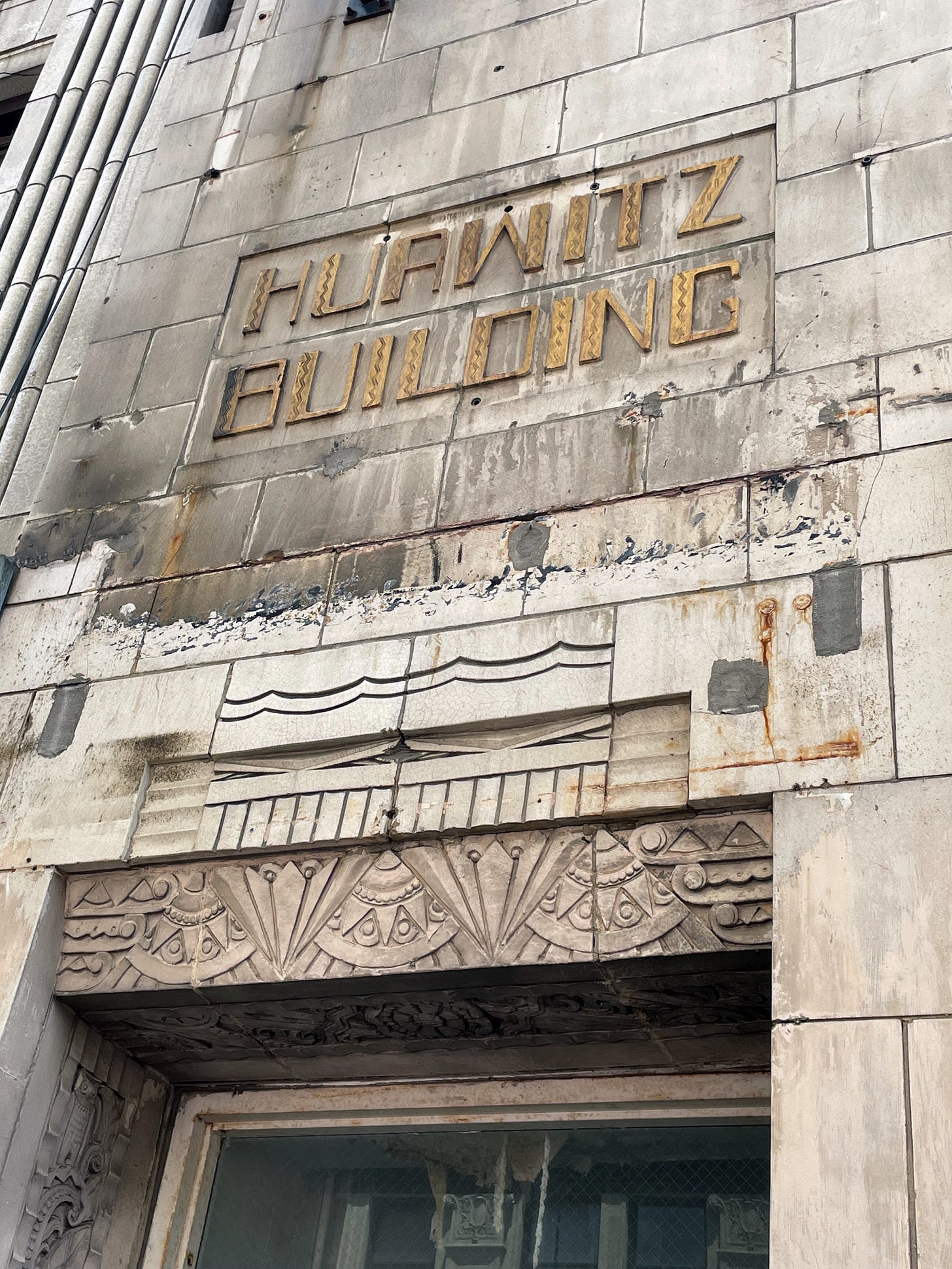
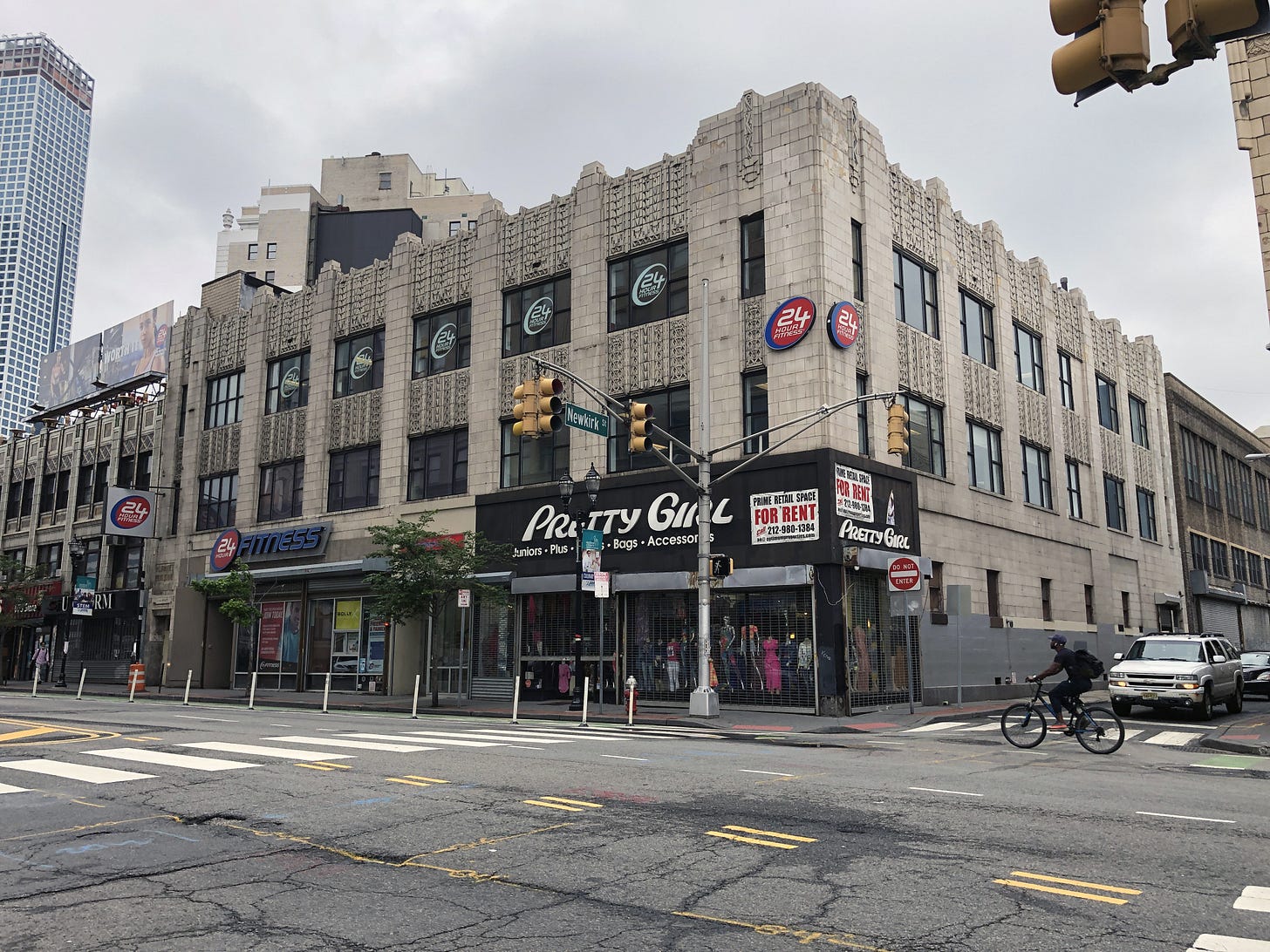
We have mill buildings and a mix in the downtown since there were fires and floods that took out various bits and pieces.
The way you described the “act of arrival” made me think differently about doorways. Very nice article.
And since you are a lover of architecture, I would love to share and hear your views on an conceptual architectural style I developed.
I sent the link in your inbox, when you get some time, I hope you can check out the article and we can have a chat